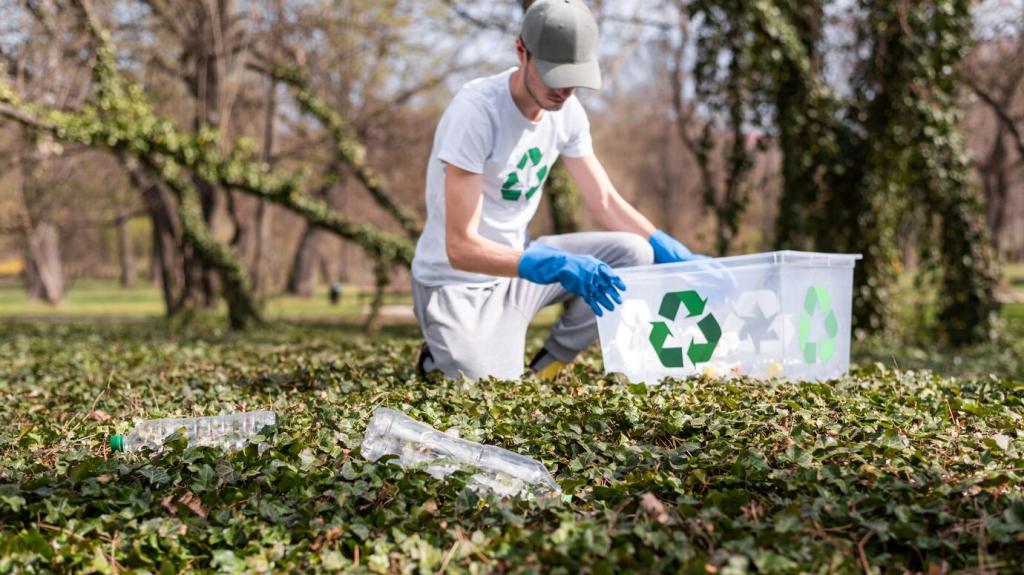
Inspiring Stories of Aquatic Habitat Restoration
Chosen theme: Inspiring Stories of Aquatic Habitat Restoration. Dive into uplifting narratives where rivers, wetlands, and coastlines come back to life through community grit, Indigenous knowledge, and smart science. Read, respond, and subscribe to help us keep these waters flowing with hope.
Rivers Reborn: Community-Led Revivals
On a stormy spring, volunteers planted willow stakes and built simple log structures that slowed water and collected sediment. By summer, dissolved oxygen rose, caddisfly larvae reappeared, and a blue heron returned to hunt. Share your own creek’s turning point in the comments and inspire the next restoration team.
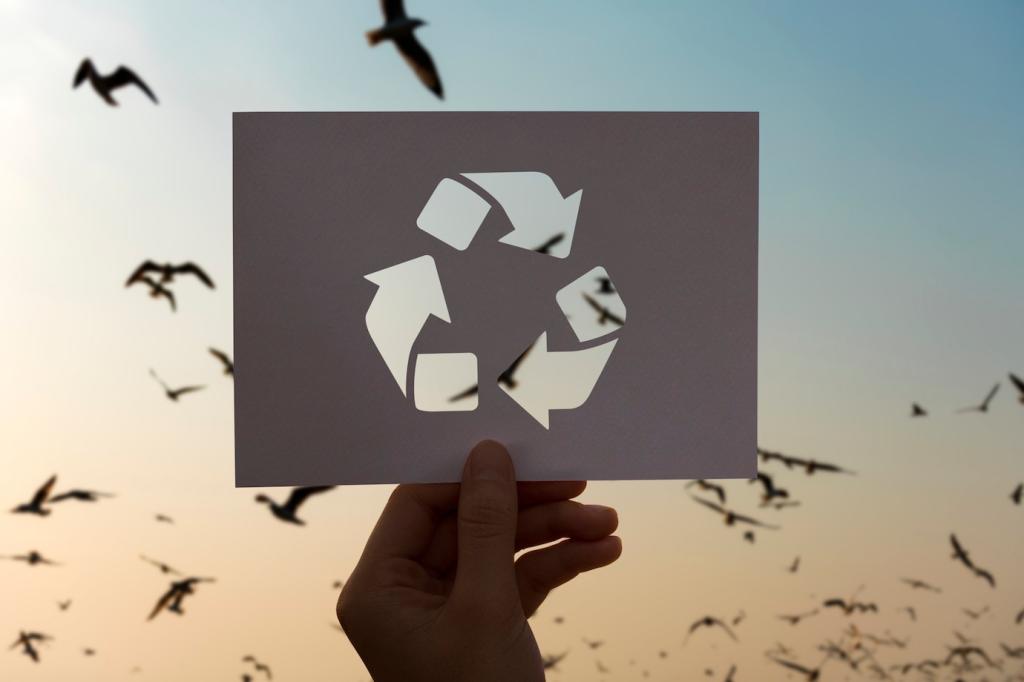

Rivers Reborn: Community-Led Revivals
Every second Saturday, families donned waders, hauled trash, and anchored rootwads that sheltered minnows from swift currents. Children named a rescued turtle “Skipper,” and the story traveled across town. Join our newsletter for upcoming community days, and tell us which task you’re most excited to try on your home waters.
Science at Work: Nature-Based Solutions
A crew installed low, permeable wood structures that mimicked beaver dams, gently raising the water table and rewetting a parched meadow. Side channels returned, frogs sang at dusk, and late‑season flows supported juvenile trout. Curious about similar techniques near you? Drop a question below, and we’ll highlight field-tested resources.
Science at Work: Nature-Based Solutions
Along a windy shoreline, volunteers seeded reclaimed shell that grew into oyster clusters. The living reef dampened waves, stabilized sediment, and filtered water, benefiting eelgrass beds and sheltering young fish. Tell us your favorite coastal bay, and we’ll send stories of reefs rebuilt by neighbors just like you.
Youth and Indigenous Leadership
Traditional Knowledge, Modern Stewardship
Tribal leaders described historic salmon runs, riparian burns, and weirs that guided fish safely. Today, co-managed projects blend those teachings with new tools, removing barriers and restoring flows. Respectful protocols guided every step. Want to learn more? Ask us for readings curated by Indigenous scientists and community educators.
From Classroom to Creek
A science class mapped erosion hot spots, installed coir logs, and planted sedges that knotted banks together. Weekly journals tracked turbidity and dragonfly nymphs with equal enthusiasm. Students presented findings at a town hall, winning funds for more plants. Could your school adopt a stream? Comment to connect.
Mentorship Keeps Water Stories Alive
Elders met with teenagers beside a cold spring, sharing water songs and the history of seasonal flows. Together they learned to collect samples, identify macroinvertebrates, and speak at council meetings. If mentoring excites you, subscribe and tell us your skills; we’ll match you with local restoration clubs.
Before and After: Data-Backed Transformations
An urban canal once murky with fine sediment brightened after a stormwater retrofit and bank plantings. Turbidity fell dramatically, and submerged plants took root where light finally reached. Residents noticed turtles basking again. Subscribe for our plain-language data starter kit, and report your first clarity reading to our community map.
Resilience to Climate Extremes
A flood-prone bend reclaimed space when fences moved back and a secondary channel reopened. High waters spread safely across a planted floodplain, leaving nutrients for willows and cottonwoods. Farmers hosted guided walks to build understanding. Share your perspective on making room for water in your town’s next plan.
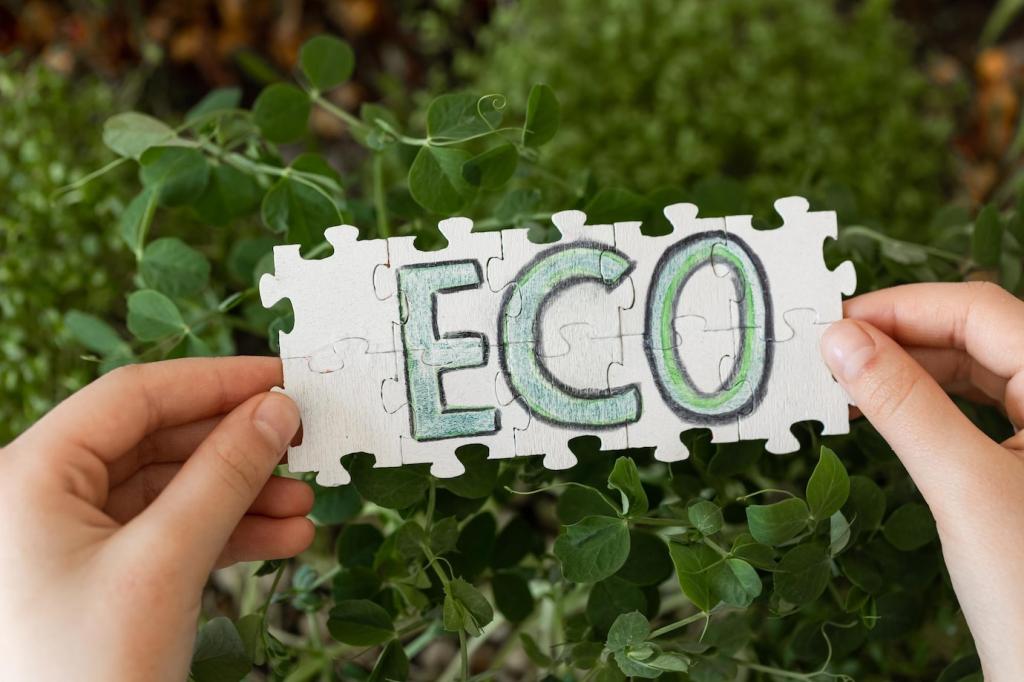
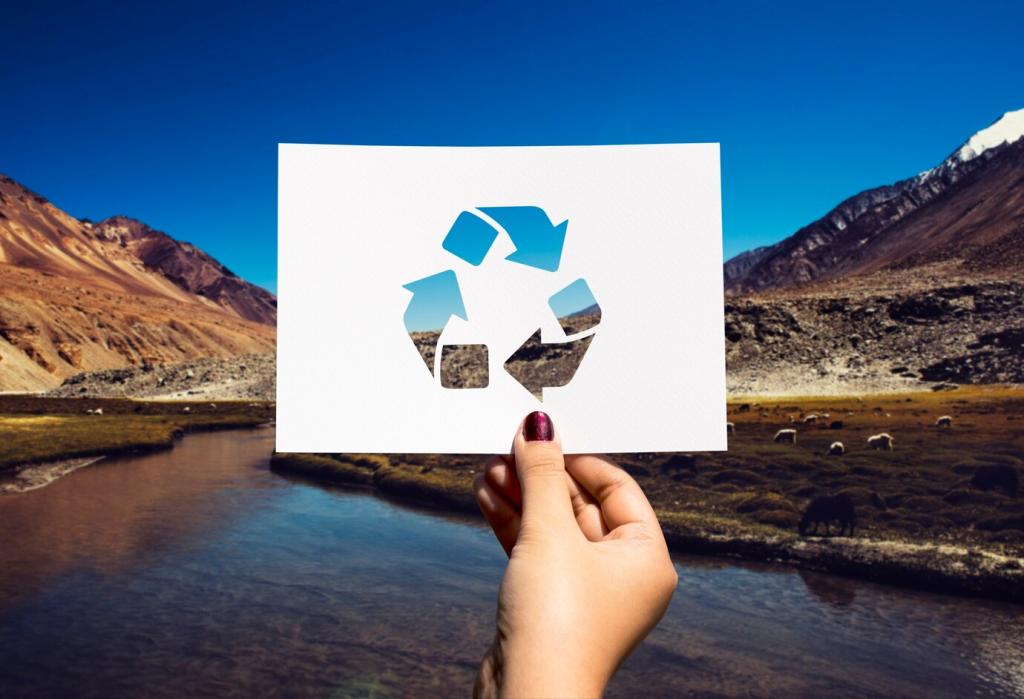
Water Memory Postcards
Neighbors wrote and illustrated postcards describing the first frog calls after restoration or the quiet joy of watching riffles gurgle again. The collection toured libraries and city hall. Would you write one? Submit a memory and we’ll mail a printable template to spark your own community gallery.
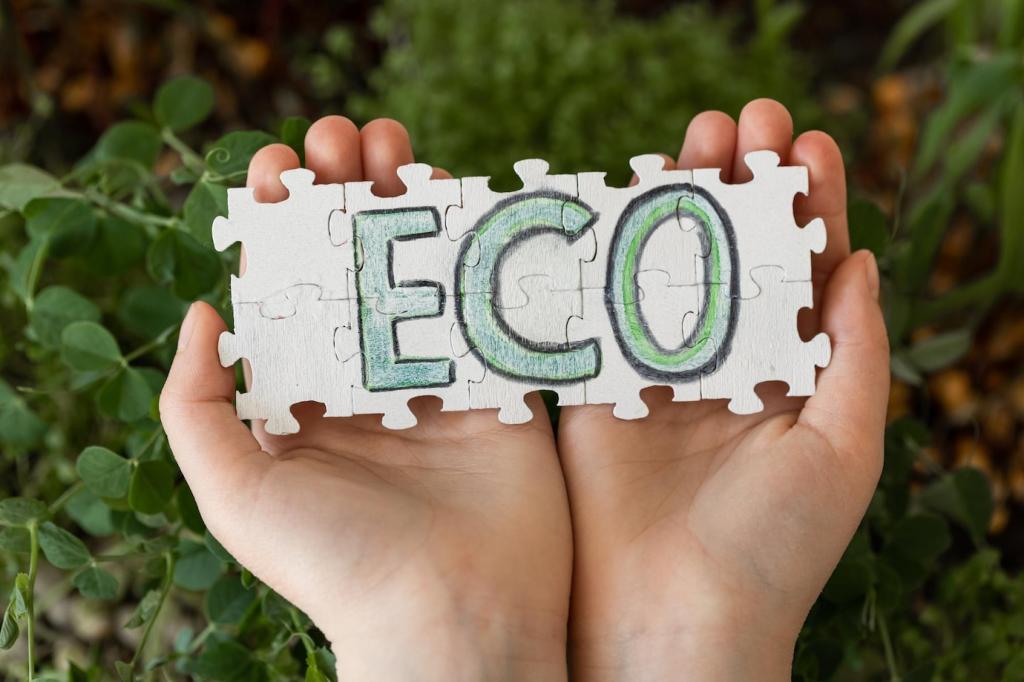
Murals Mark the Return of Fish
Artists painted native fish winding along a restored culvert, layering community signatures like scales. Children found their names as they counted species depicted in the current. Share photos of aquatic art in your neighborhood, and we’ll feature them in a gallery celebrating the human side of habitat recovery.

Conversations by the Estuary
A popup storytelling bench invited passersby to sit, listen, and record short reflections as tides whispered nearby. Volunteers edited episodes into a community podcast about healing waters. Subscribe to hear new voices each month, and send a voice note about your favorite ripple, pool, or tidepool discovery.
Backyard to Bay
Plant native riparian buffers, build a rain garden, and keep sidewalks clear of fertilizers and pet waste so stormwater runs clean. Choose refillable bottles to cut microplastic shedding. What will you try first? Pledge one action in the comments, and invite a neighbor to join you this weekend.
Microgrants and Permits, Demystified
Local microgrants can fund plantings, tools, and monitoring gear, while early talks with permitting staff prevent delays. Success grows when teams budget for maintenance. Ask questions below about funding and approvals, and subscribe for our concise checklist that turns red tape into a straightforward, step-by-step pathway.
